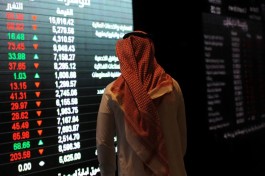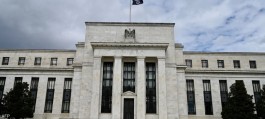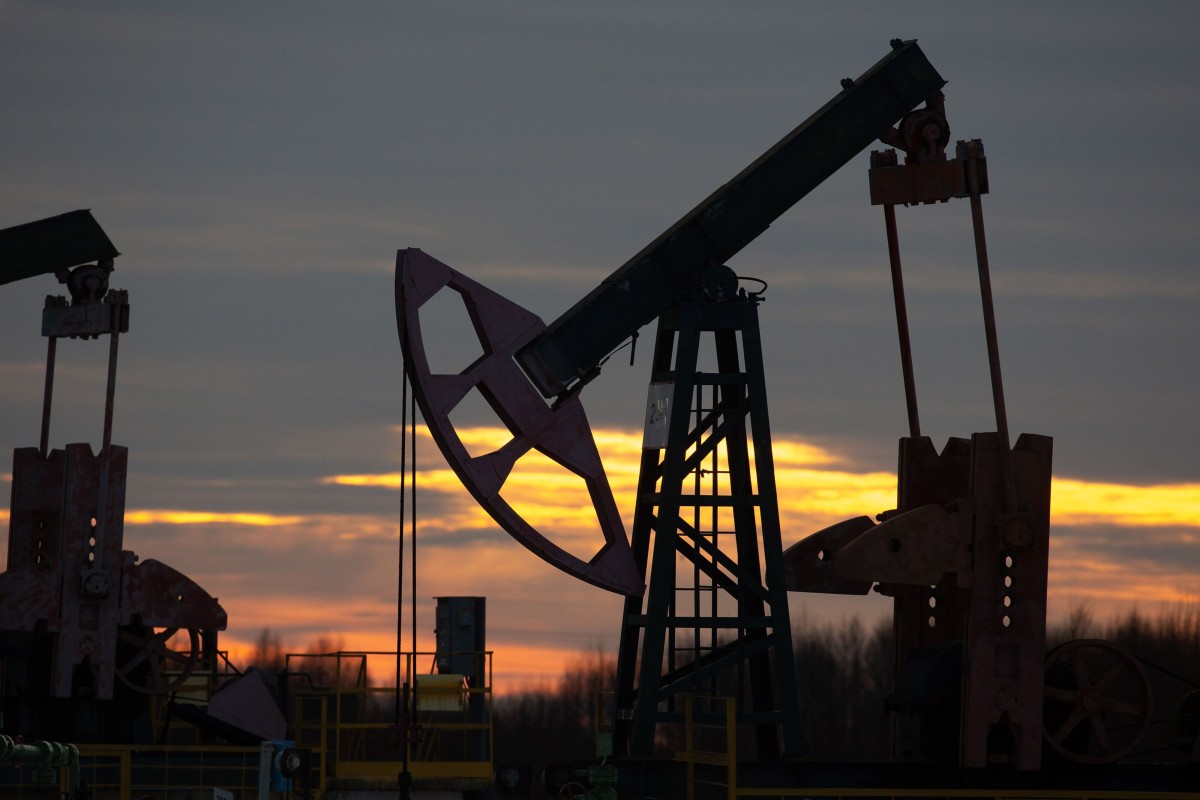Oil prices rose after falling for three sessions driven by sanctions, geopolitical risks and OPEC+ supply cuts.
Brent crude was trading at around $86 a barrel after falling more than 2% in the last three days of last week, while WTI was below $81. Indian refiners, Russia’s biggest customer after China since its 2022 invasion of Ukraine, will not accept tankers owned by state-run Sovcomflot due to the sanctions risk, hampering flows.
Continued drone strikes by Ukraine are also hampering Russia’s ability to refine crude oil. In addition, a terrorist attack in Moscow over the weekend killed more than 130 people. ISIS claimed responsibility for the attack, although President Vladimir Putin hinted at Ukrainian involvement.
Crude oil prices are set for a third monthly gain as OPEC+ continues to impose output curbs. While a fragile demand outlook in China has been a headwind, Premier Li Keqiang said Beijing is stepping up policy support to stimulate growth and is addressing systemic risks.
Indicating that prices are heading upwards, money managers’ net long positions on Brent crude rose to their highest levels in more than a year.
On the regional front, U.S. Central Command said Iran-backed Houthi rebels fired a missile at the Chinese-owned oil tanker Huang Bo on Saturday, highlighting the ongoing risks to shipping at sea off Yemen. The attack came even after the militant group had previously said it would not attack ships coming from China.
“On the one hand, supply and demand appear balanced, with the Saudis maintaining spare capacity, but on the other hand, disruptions are just around the corner that could upset that balance,” said Stefano Grasso, senior portfolio manager at Singapore-based 8vantedge Pte.
He added: Given the supportive macro picture and the two wars near oil-producing countries, we are still surprised at how low oil prices have fallen.



































